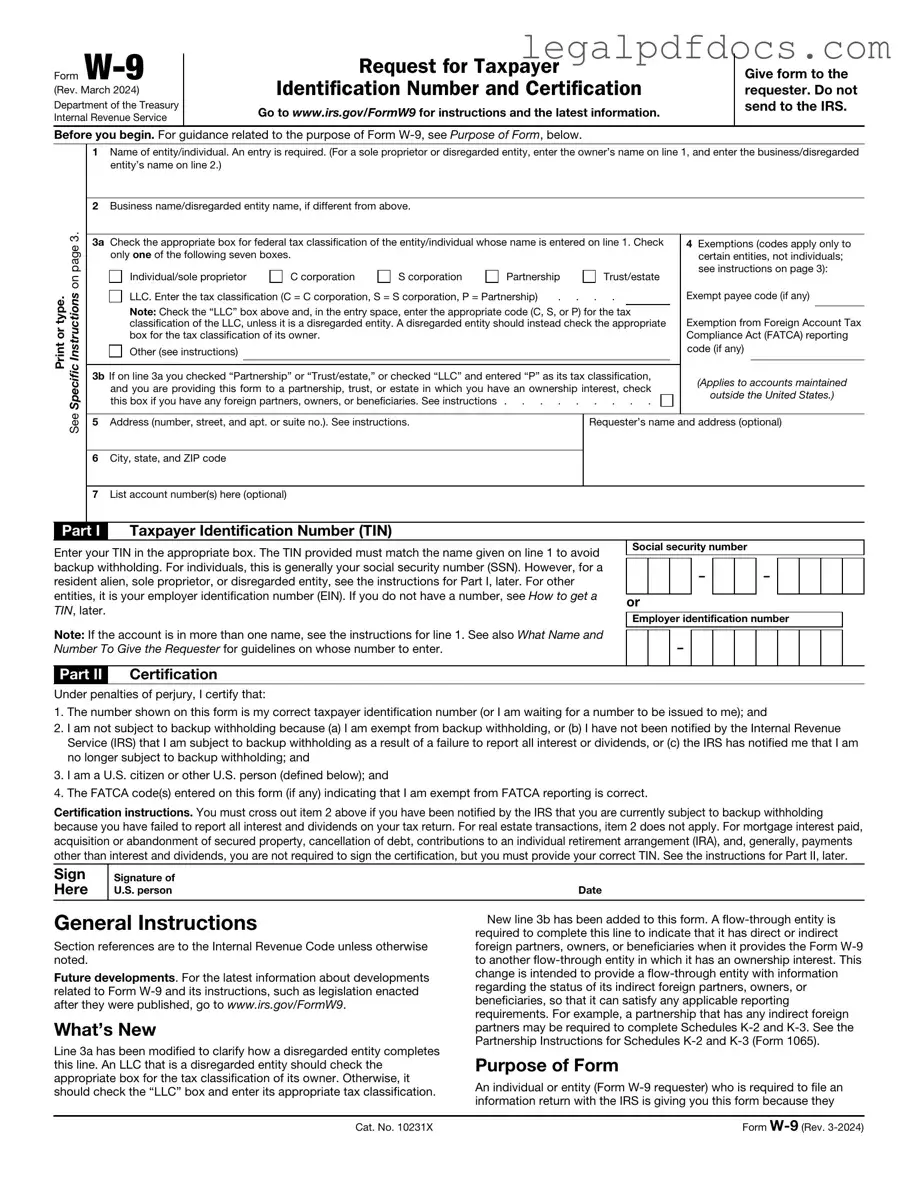The IRS W-9 form plays a crucial role in the landscape of tax documentation, serving as a request for taxpayer identification information. Individuals and businesses alike utilize this form to provide their correct name, business name (if applicable), and taxpayer identification number (TIN) to the entity that is requesting the information. This form is essential for independent contractors, freelancers, and other non-employees who receive payments that may require reporting to the IRS. By completing the W-9, recipients ensure that the payer can accurately report the income paid to them, typically on forms like the 1099-MISC or 1099-NEC. Moreover, the W-9 form also includes a certification section, where the individual confirms that the TIN provided is correct and that they are not subject to backup withholding. Understanding the nuances of the W-9 is vital for maintaining compliance with tax regulations and avoiding potential penalties. Whether you are a freelancer, a small business owner, or an individual receiving income, familiarizing yourself with this form can streamline your tax reporting process and safeguard your financial interests.
